A few months ago, we posted about Ophir 3A series of thermal sensors which can measure powers as low as 60 microwatts. The only technology that can be used to measure powers which are lower than a few microwatts is photodiode sensors. Photodiodes are sensitive to extremely low power levels, as low as picowatts.The spectral response of a photodiode is limited to a certain band of wavelengths and the response varies strongly with wavelength. For example, the following graph shows how Ophir’s PD300 has different sensitivity for different wavelengths:

Ophir photodiode sensors compensate for the sensitivity changes when measuring a laser beam. A user selects the beam’s wavelength on his Ophir laser power meter and the power meter inserts the correct gain to compensate for the change so that he will get the right reading for that wavelength.
Standard photodiode sensors cannot measure broadband light sources. Since a power meter is set to a specific wavelength, a broadband source of light directed at a photodiode sensor will generate an incorrect reading as the light source contains a group of beams with many wavelengths for which sensitivity varies. There is some wavelength that can be selected that will give the correct gain for the correct average between all light inputs. To estimate this wavelength a user can look at the spectral curve of his sensor, which is provided in the sensor data sheet and taking into account the spectral distribution of his light source, estimate the wavelength setting that would give the best average for his light source. In theory, a user can numerically calculate the correct wavelength, but this calculation involves several steps and it is not recommended for our average user.
Ophir has designed a special sensor, the PD300-BB, to measure the power/energy measurement of a source with a spectral spread of wavelengths. The PD300-BB has a filter mounted on top of the photodiode with opposite characteristics from the photodiode. It is most transmissive to wavelengths to which the photodiode is least sensitive and least transmissive to those wavelengths that the photodiode is most sensitive. The output of the sensor is the product of the photodiode response and the filter response, so the sensor response is approximately flat, i.e. equally sensitive to all wavelengths. Since the sensor is spectrally flat, it can correctly measure any wavelength or combination of wavelengths or broadband light. A sensitivity graph is shown below.
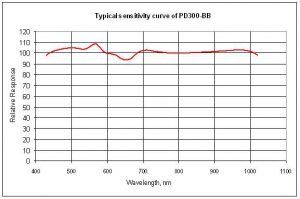
You might also like to read:
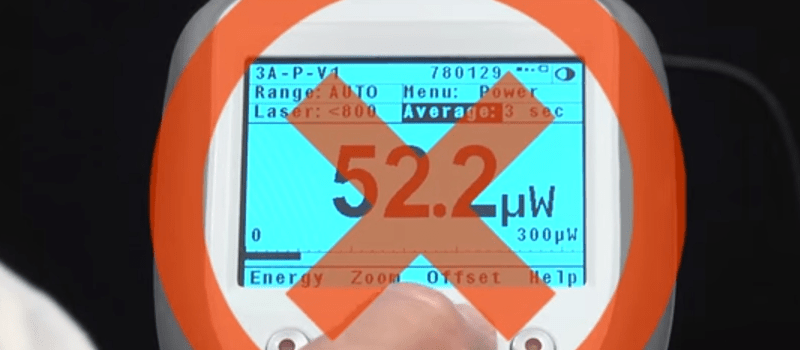
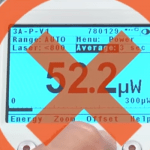


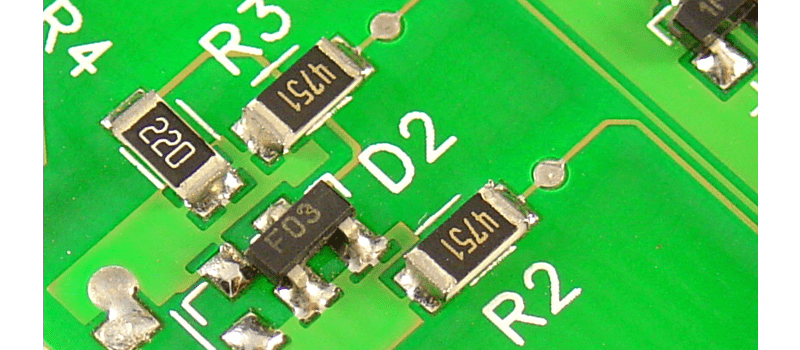
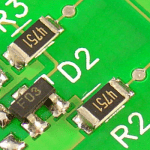




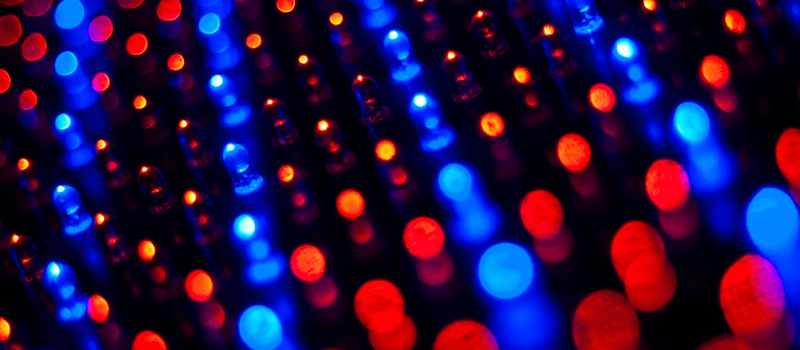
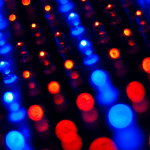
Leave a Reply
Your email address will not be published. Required fields are marked *